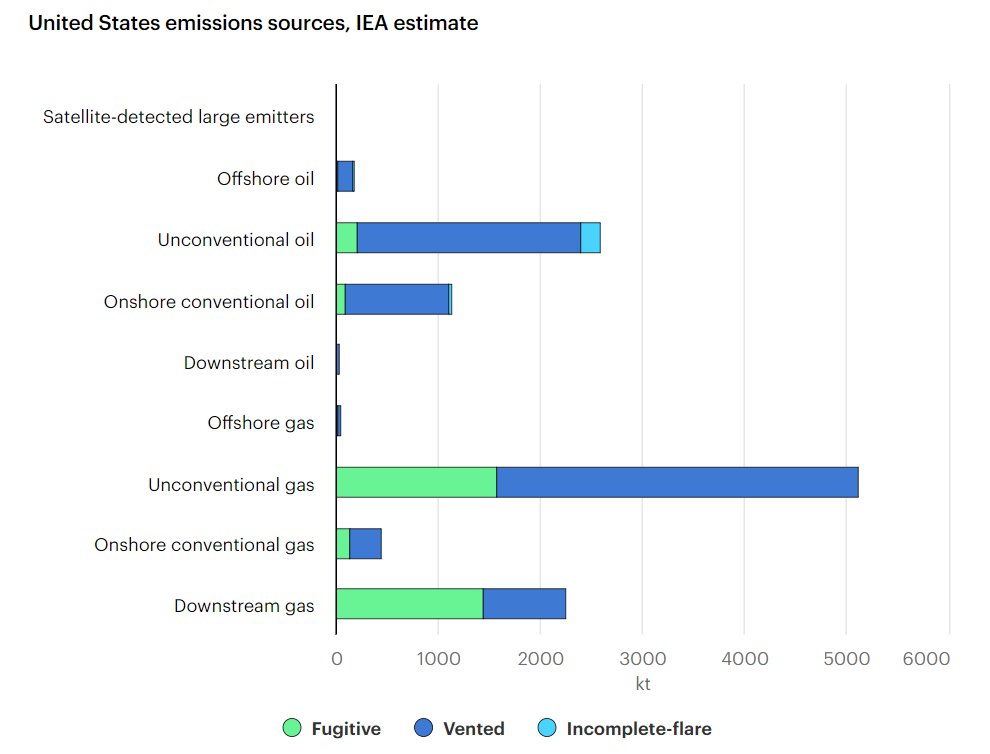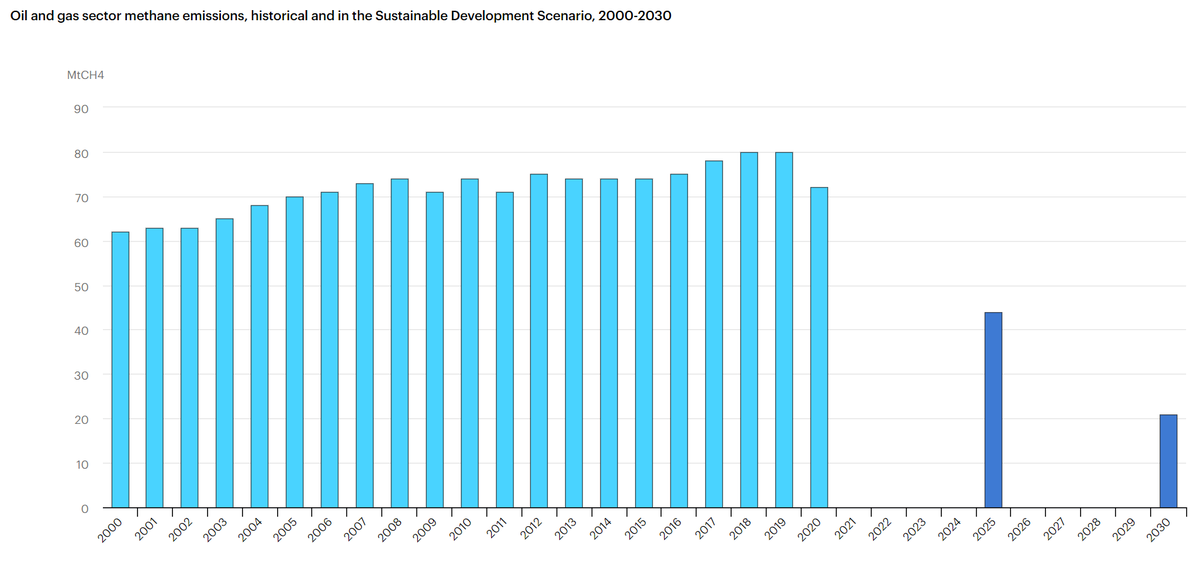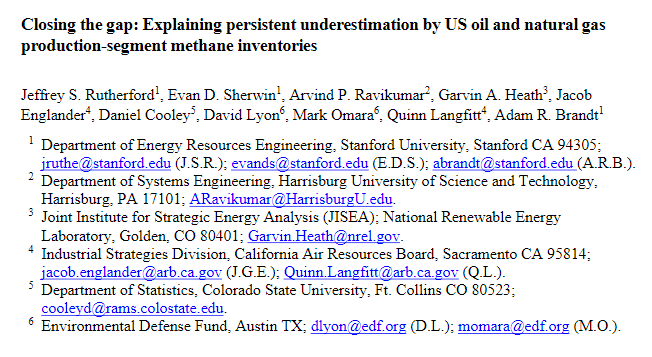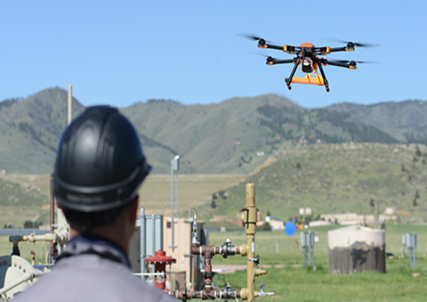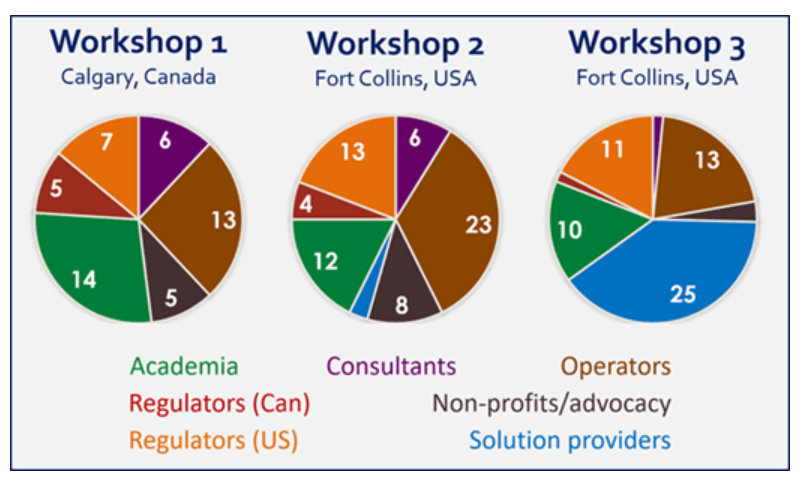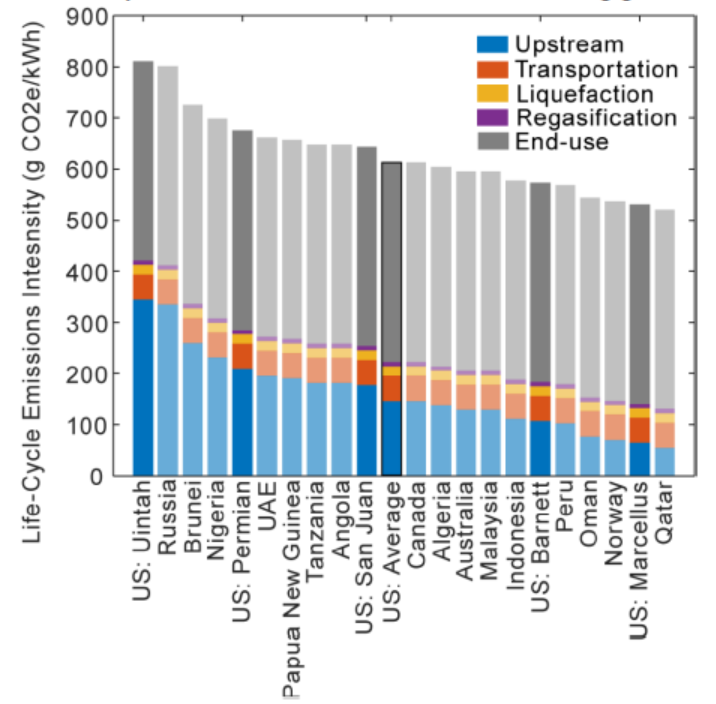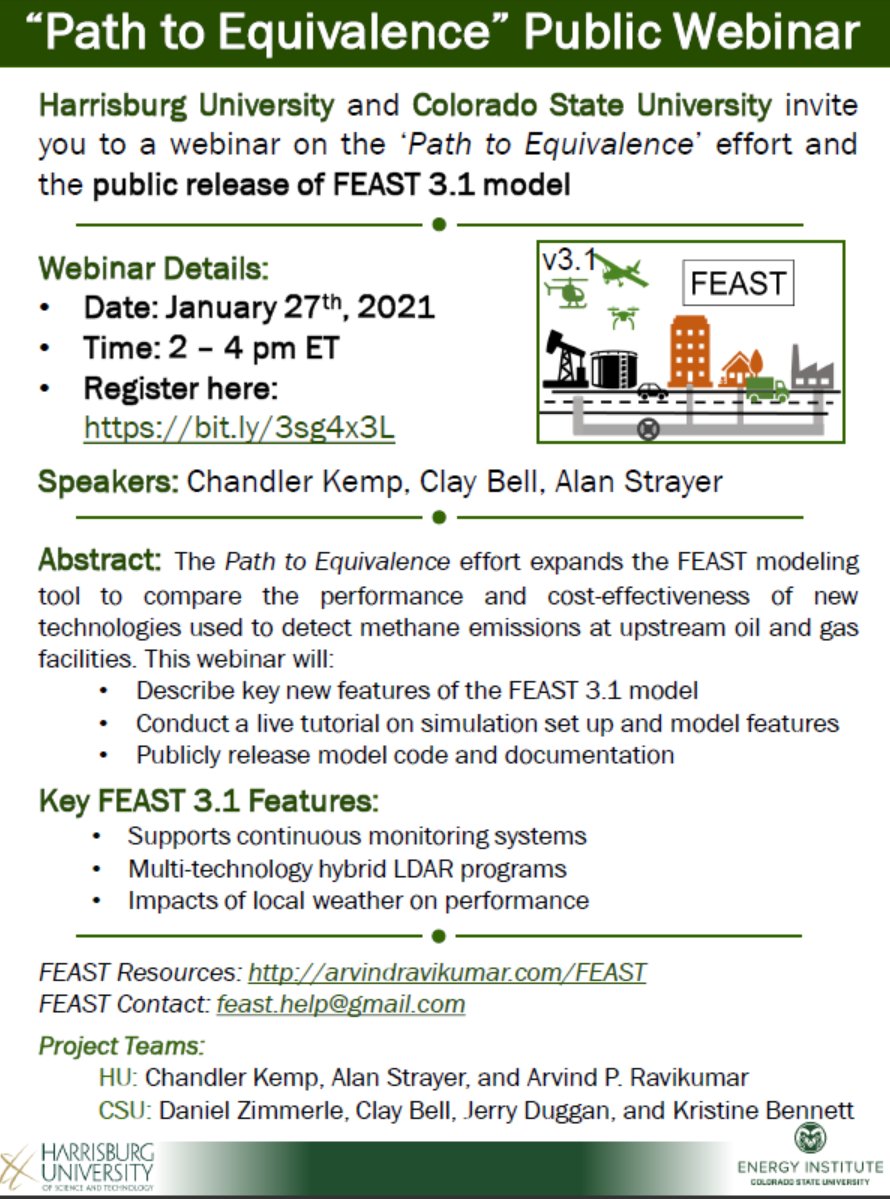The IEA has come out with a report on urgently addressing methane emissions.
While I applaud the details & strong language in this report, this is nothing new: our paper made these broad recs nearly 4 years ago. What we need are policies & targets. https://www.iea.org/reports/driving-down-methane-leaks-from-the-oil-and-gas-industry
While I applaud the details & strong language in this report, this is nothing new: our paper made these broad recs nearly 4 years ago. What we need are policies & targets. https://www.iea.org/reports/driving-down-methane-leaks-from-the-oil-and-gas-industry
I haven't looked into the latest @IEA methane tracker data yet, but looks reasonable (at least for the US): about 45% more than EPA estimate, while we estimated 60% more.
But here's the kicker: leaks are only 29% of total emissions. Venting & flaring account for 71%.
But here's the kicker: leaks are only 29% of total emissions. Venting & flaring account for 71%.
And here I have an issue with IEA recs of 70% methane reduction by 2030, esp. for the US.
60-80% of leaks can be cost-effectively addressed with new tech (new paper coming soon).
We must eliminate routine venting/flaring by 2030.
Together, that's >80% emissions reduction.
60-80% of leaks can be cost-effectively addressed with new tech (new paper coming soon).
We must eliminate routine venting/flaring by 2030.
Together, that's >80% emissions reduction.
Here are some links for our papers that address this issue:
1. We show that leak detection and repair programs are effective not only in reducing leaks, but also in finding anomalous vents that can be fixed (vents that emit more than designed): https://iopscience.iop.org/article/10.1088/1748-9326/ab6ae1/meta
1. We show that leak detection and repair programs are effective not only in reducing leaks, but also in finding anomalous vents that can be fixed (vents that emit more than designed): https://iopscience.iop.org/article/10.1088/1748-9326/ab6ae1/meta
2. @jeffofalberta shows how the EPA (and IEA and other agencies) can reduce errors in their inventory estimate. We don't need to wait for fancy tech, we just need to apply what we already know. https://eartharxiv.org/repository/view/1793/
3. We tested nearly a dozen new technologies - drones, planes, trucks - on their ability to quickly detect leaks. They all perform well. New field studies and papers will be coming out soon, as do satellite systems that can monitor individual facilities. https://online.ucpress.edu/elementa/article/doi/10.1525/elementa.373/
4. We worked with US/Canadian regulators, industry, and scientists to develop a framework to use new technologies to address methane leaks. The DOE/EPA is now using this framework to accelerate tech adoption. Ideally, this would become a global standard. https://online.ucpress.edu/elementa/article/doi/10.1525/elementa.369/112492/A-methane-emissions-reduction-equivalence
5. Here, we show how critical it is for the LNG industry to ensure that upstream leakage is as low as possible. If you tout near-term benefits of LNG to reduce emissions from coal plants, you can't have methane leakage. https://eartharxiv.org/repository/view/1866/
6. We have also developed fully open source models like FEAST just so anyone (operators, regulators, EPA, IEA) can use it to design #methane policies. In fact, we're having a public webinar about it in two weeks:
7. All this to show that:
a) We know quite a LOT about O&G #methane emissions.
b) We have the tech, tools, and models to reduce emissions by >80% by 2030.
c) We need effective national (and global) standards/policies to tackle this issue and it can be done with what we know.
a) We know quite a LOT about O&G #methane emissions.
b) We have the tech, tools, and models to reduce emissions by >80% by 2030.
c) We need effective national (and global) standards/policies to tackle this issue and it can be done with what we know.

 Read on Twitter
Read on Twitter